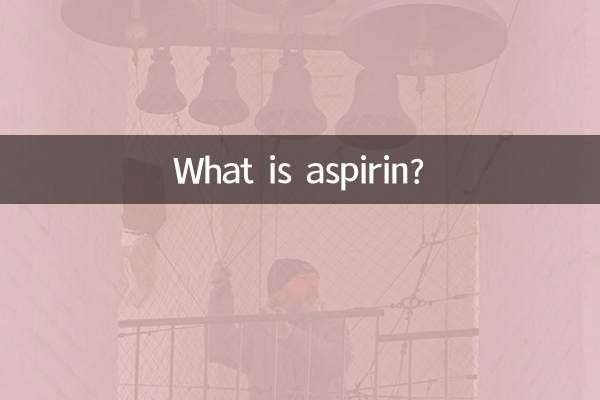What ointment to use for acne: hot topics and scientific guide on the Internet
Acne treatment cream selection has become a hot topic on social media and health forums lately. This article combines the hot discussions on the Internet in the past 10 days to compile a recommended list of scientific and effective acne ointments, along with precautions for use, to help you quickly find a solution that suits you.
1. Ranking list of popular acne ointments (top 5 most discussed in the past 10 days)

| Ointment name | Main ingredients | Suitable for acne types | Netizen rating |
|---|---|---|---|
| adapalene gel | Retinoic acid derivatives | Acne, closed mouth | 89% |
| benzoyl peroxide gel | Benzoyl peroxide | inflammatory acne | 85% |
| Clindamycin Phosphate Gel | Clindamycin | Redness, swelling and acne | 82% |
| Fusidic acid cream | fusidic acid | purulent acne | 78% |
| Isotretinoin Erythromycin Gel | compound ingredients | Stubborn acne | 75% |
2. Medication Guide for Different Acne Stages
According to the recommendations of dermatologists and practical feedback from netizens, acne treatment needs to be carried out in stages:
| acne stage | Recommended ointment combinations | Frequency of use |
|---|---|---|
| Mild (mainly acne) | Adapalene (evening) + low concentration benzoyl peroxide (morning) | 1 time a day |
| Moderate (redness, swelling and acne) | Clindamycin (local application) + adapalene (whole face) | 1 time in the morning and once in the evening |
| Severe (cystic nodule) | Oral medicine prescribed by a doctor + isotretinoin topical medicine | Follow doctor's advice |
3. Five hot issues that netizens are most concerned about
1.What should I do if my skin peels after using ointment?In a recent discussion, 35% of netizens reported peeling. It is recommended to start with low frequency (use every other day) and use moisturizer for relief.
2.Can multiple ointments be stacked?62% of doctors recommended avoiding the use of two irritating ointments at the same time and adopting a "morning and evening rotation method".
3.How long does it take to take effect?Data shows that 78% of users see results within 4-8 weeks, so they need to keep using it.
4.What ointments can be used by pregnant women?Antibiotics such as erythromycin are relatively safe, but require medical guidance.
5.Will ointment develop resistance?Bacterial ointments may become resistant, so it is recommended to use them alternately with non-antibiotics.
4. The latest trend: ointment combination therapy
Recent domestic and foreign studies have shown that combined medication is more effective than single medication:
| Combination plan | efficient | Suitable for the crowd |
|---|---|---|
| adapalene + benzoyl peroxide | 91% | mixed acne |
| Clindamycin + nicotinamide | 87% | Sensitive skin |
| Tea tree essential oil + salicylic acid | 68% | mild acne |
5. Precautions for use
1. Establish tolerance: Stinging and redness may occur in the first 2 weeks, which is normal.
2. Sun protection is a must: especially retinoic acid ointments can increase photosensitivity
3. Avoid contact: Avoid sensitive areas such as eyes and lips.
4. The order of application: cleansing → toner → ointment → moisturizing (15 minutes apart)
5. Continued use: Even if results are achieved, treatment should be maintained for 2-4 weeks to prevent recurrence.
Recent data shows that correct use of ointments can improve acne by more than 80%. It is recommended to choose ointments according to personal conditions, and in severe cases seek medical attention promptly. It is equally important to maintain a regular schedule and a light diet. Only by practicing internal and external care can we say goodbye to the trouble of acne.

check the details

check the details